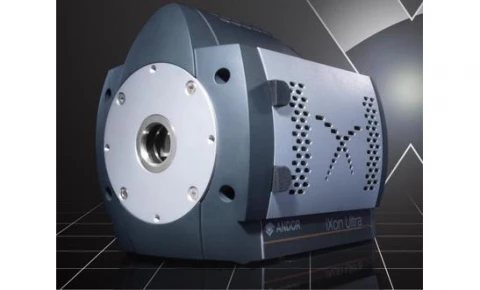Description
iXon Ultra 888: Revolutionizing EMCCD Technology The iXon Ultra 888 stands at the forefront of EMCCD camera technology, offering unprecedented advancements that redefine what's possible in high-performance imaging. As the world's fastest megapixel back-illuminated EMCCD, this camera is engineered to deliver exceptional sensitivity and speed, making it an indispensable tool for researchers and professionals in the field. With a 1 Megapixel sensor and a pixel size of 13 µm, the iXon Ultra 888 ensures high-resolution imaging across a large field of view, all while maintaining single photon sensitivity and greater than 90% quantum efficiency.
Unmatched Speed and Performance The iXon Ultra 888 has been meticulously re-engineered to achieve a 3x acceleration in pixel readout speed, reaching an impressive 30 MHz. This breakthrough allows for full frame performance at video rate, capturing images at 26 frames per second. Additionally, the innovative 'Crop Mode' feature offers flexibility by enabling users to boost frame rates significantly, achieving up to 93 fps at a 512 x 512 resolution. This capability is particularly beneficial for applications requiring rapid image acquisition, such as live cell imaging and high time resolution astronomy. Versatility and Ease of Use Designed with user convenience in mind, the iXon Ultra 888 incorporates the OptAcquire™ feature, allowing for easy optimization across a wide range of application requirements with just a single click.
The camera's ability to calibrate signals quantitatively in units of electrons or photons, either in real time or during post-processing, enhances its versatility. Furthermore, patented technology provides automated recalibration of EM gain and includes anti-ageing protection, ensuring long-term reliability and performance. Reliability and Industry Reputation The iXon Ultra 888 is not only about cutting-edge technology but also about reliability. The iXon brand is renowned in the industry for its exceptional quality and minimal field failures. With its robust design and proven track record, the iXon Ultra 888 is a trusted choice for demanding imaging applications, providing researchers with the confidence they need to achieve groundbreaking results.
iXon Ultra 888 EMCCD Camera
Specifications
| Sensor Type: | EMCCD |
|---|---|
| # Pixels (Width): | 1024 |
| # Pixels (Height): | 1024 |
| Pixel Size (Square): | 13 um |
| Peak Quantum Efficiency: | 90 % |
| Full Frame Rate: | 26 fps |
| Bit Depth: | 16 bit |
Features
- World’s Fastest Megapixel Back-illuminated EMCCD: Experience unparalleled speed with the iXon Ultra 888, offering an unprecedented 30 MHz readout rate.
- Largest Field of View EMCCD: Benefit from a 13.3 x 13.3 mm sensor, providing the largest field of view available for EMCCD cameras.
- 3x Faster Performance: Achieve a 3x acceleration in pixel readout speed, enhancing full frame performance to video rates at 26 fps.
- High Sensitivity: Single photon sensitive with > 90% Quantum Efficiency (QE), ensuring exceptional performance in low-light conditions.
- Versatile Sensor Format: 1024 x 1024 active pixels with a 13 µm pixel size, ideal for demanding applications such as single molecule detection and live cell imaging.
- USB 3.0 Enabled: The first EMCCD camera with USB 3.0 connectivity, facilitating seamless data transfer.
- Advanced Frame Rates: Capture at 26 fps full frame and up to 93 fps at 512 x 512 resolution using Andor’s unique ‘Crop Mode’.
- OptAcquire™ Feature: Optimize for various application requirements with a single click, offering flexibility and ease of use.
- Quantitative Calibration: Signal can be calibrated in units of electrons or photons, either in real time or post-processing.
- Reliable and Durable: The iXon brand is renowned for quality and reliability, with minimal field failures.
- Optically Centered Crop Mode: Enables continuous imaging with the fastest possible frame rate from centrally positioned Regions of Interest (ROIs); achieve 251 fps from a 256 x 256 ROI.
Applications
- Single Molecule Detection: Ultra-sensitive detection of individual fluorophores for molecular biology and biophysics.
- Super-Resolution Microscopy: High frame rates and low noise imaging ideal for dSTORM and PALM techniques.
- Live Cell Imaging: Fast acquisition speeds suitable for dynamic cellular processes.
- High Time-Resolution Astronomy: Captures rapid astronomical events with precise temporal accuracy.
- Fluorescence Imaging: Enhanced photon collection efficiency for low-light fluorescence applications.
Frequently Asked Questions
What is the iXon Ultra 888 EMCCD used for?
What is the resolving power of the iXon Ultra 888?
What is the frame rate of the iXon Ultra 888?
What are the features of the iXon Ultra 888?
What is the pixel readout speed of the iXon Ultra 888?
Similar Products
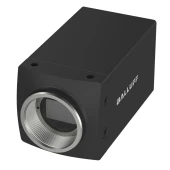
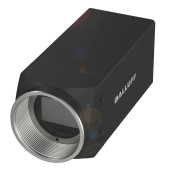
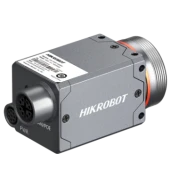
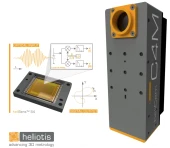
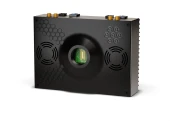
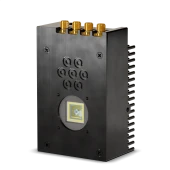
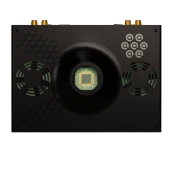
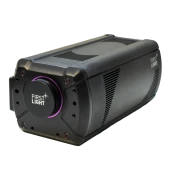

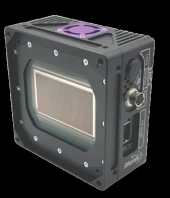
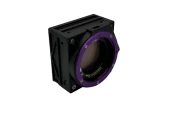
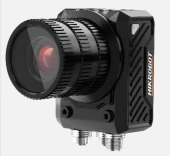
Your inquiry has been received.
Create an account by adding a password
Why create an account?
- Auto-complete inquiry forms
- View and manage all your past messages
- Save products to your favorites
- Close your account anytime — no hassle
